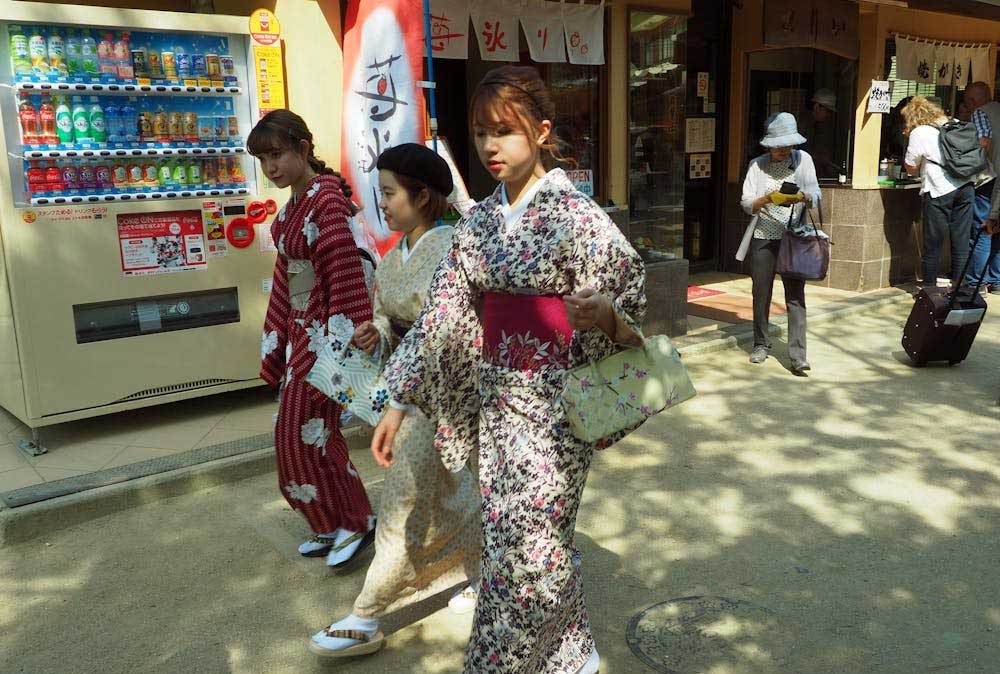Japanese clothing in Tokyo is deeply ingrained in cultural traditions, going beyond mere aesthetics. The kimono, for example, is not just a garment but a symbol of cultural identity, worn during important ceremonies and celebrations. The art of kimono-wearing, known as kitsuke, is considered a cultural tradition passed down through generations.
The concept of wabi-sabi, embracing imperfections and transience, extends to Tokyo’s clothing culture. Traditional crafts such as sashiko stitching, boro patchwork, and shibori dyeing highlight the appreciation for craftsmanship and the beauty found in imperfection.
Tokyo’s clothing culture serves as a reflection of societal norms, individual expressions, and a continuous dialogue between the past and the future. Whether clad in the elegance of a meticulously crafted kimono or the bold statements of contemporary streetwear, Tokyoites weave a tapestry of clothing that captures the essence of their diverse and ever-evolving city. The garments worn in Tokyo are not just fabrics; they are living threads connecting the city to its roots and propelling it forward into the next chapter of its sartorial journey.

